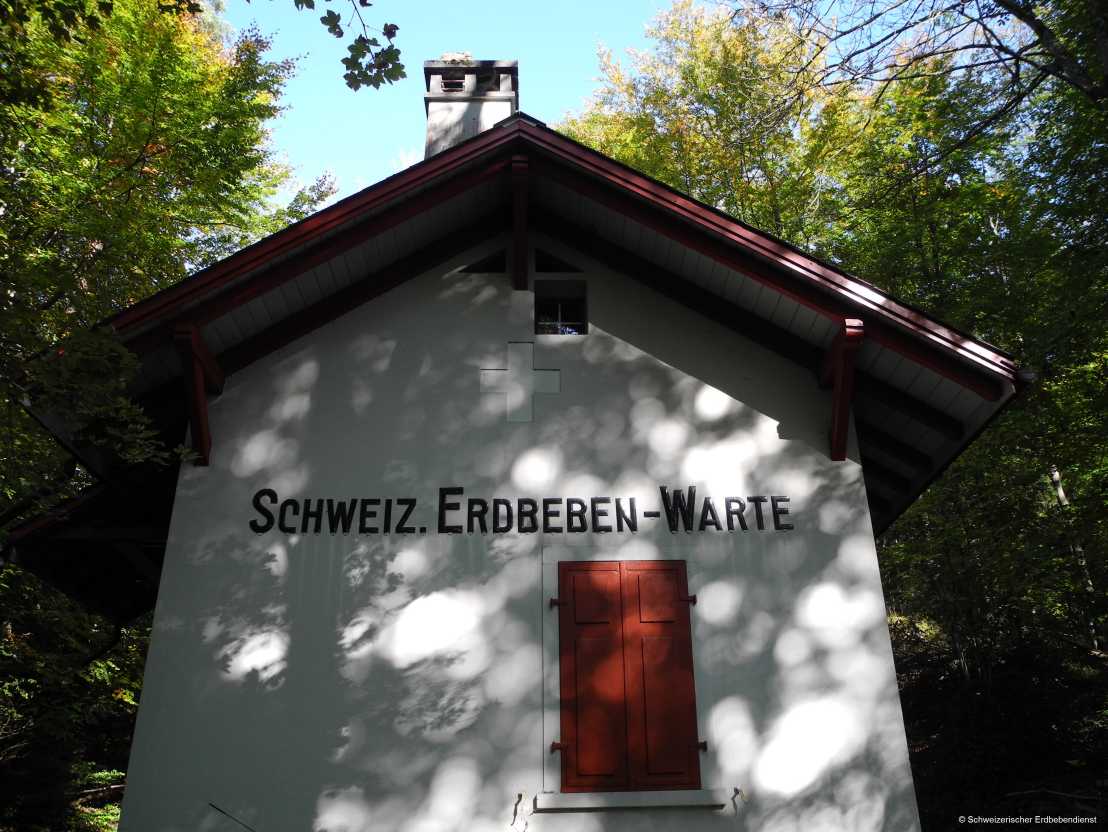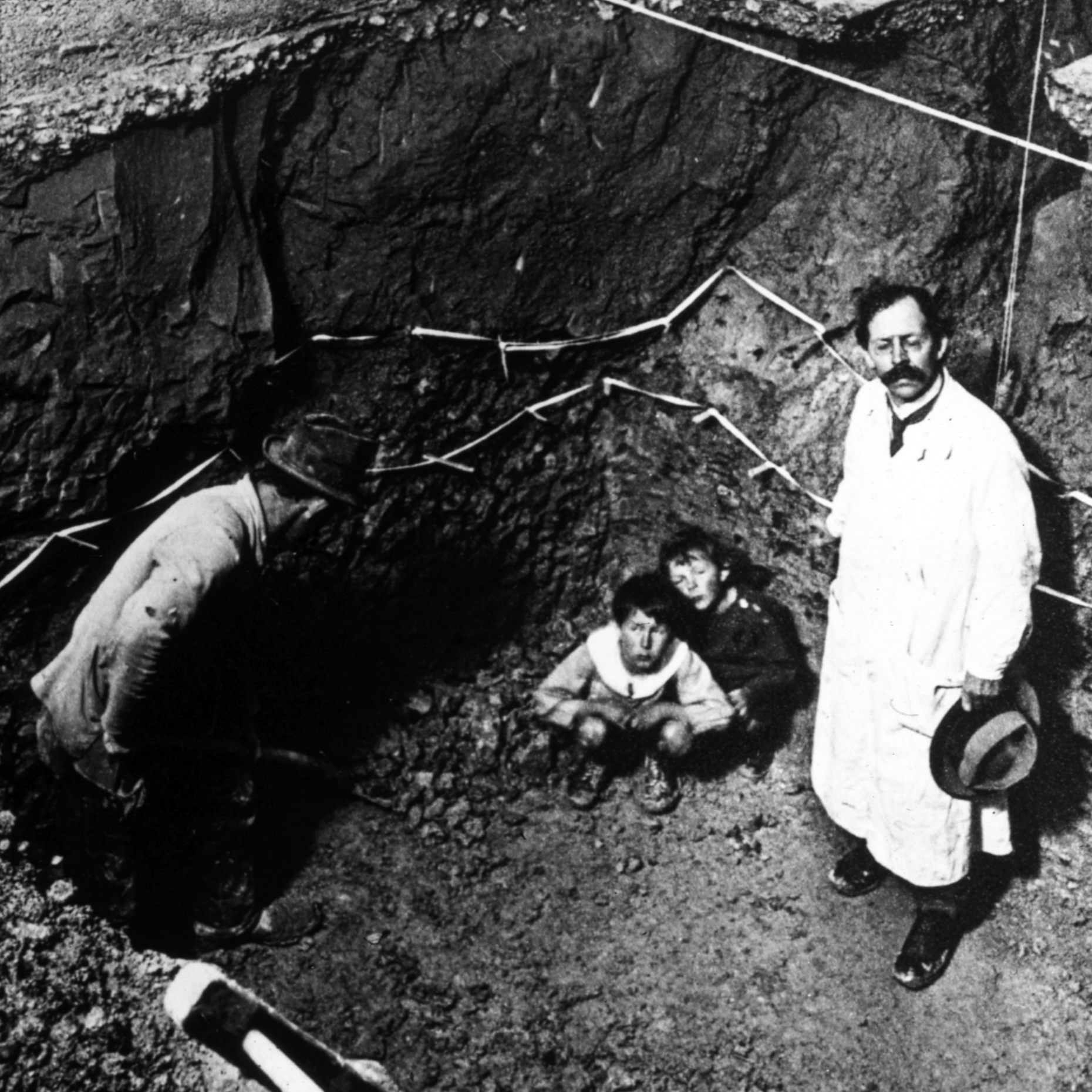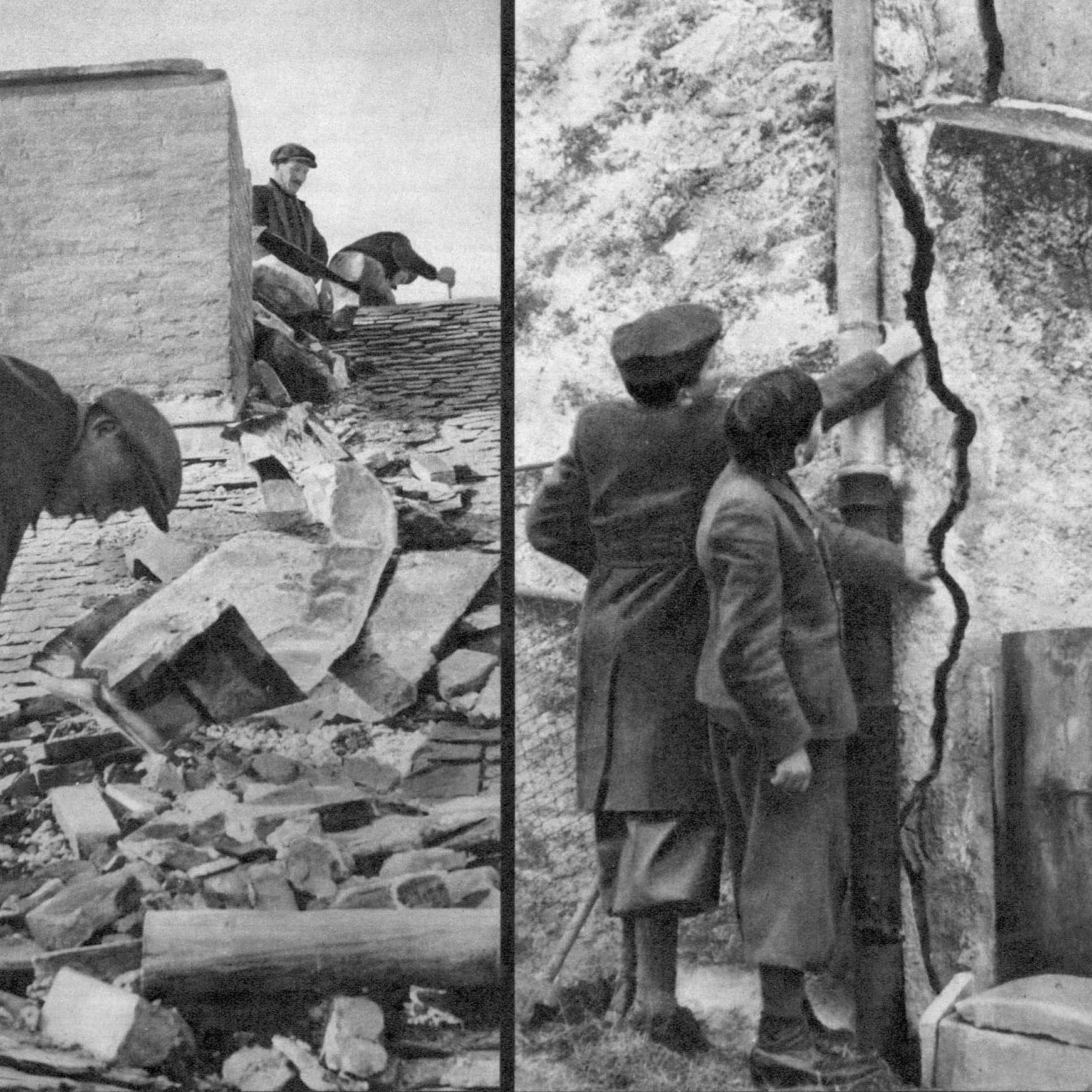Anno 1914: Earthquake detectives
When a federal law was passed a century ago, monitoring earthquakes became a government responsibility and has been performed by the Swiss Seismological Service (SED) ever since. Over the years, the SED has established a dense, efficient monitoring network.

This article has been published in Globe, no.
4/December 2013.
Read the magazine online or subscribe to the print magazine.
In 1878, the world’s first permanent official organisation for observing earthquakes was launched – not in a typical "earthquake" country like Italy or Japan, but in comparatively tranquil Switzerland. At its annual meeting, the Swiss Association of Natural Sciences founded the Earthquake Commission, which collected and archived reports on current and historical earthquakes on a voluntary basis and set its sights on establishing earthquake monitoring stations throughout Switzerland.
However, it was some time before those stations could be realised. It wasn’t until 1908 that Parliament approved a grant of CHF 12,000 to set up an earthquake surveillance station in Degenried near Zurich, which eventually opened three years later. A small, inconspicuous building in the woods provided a home for two bulky pieces of equipment: a Mainka horizontal seismograph and a Wiechert vertical seismograph. That same year, the station recorded its first incident: an earthquake in Thurgau.
The Earthquake Commission had primarily relied on reports from the general public up to that point, and soon found itself stretched to its limits with its new monitoring station. As a result, the committee was dissolved and replaced with the external pageSwiss Seismological Servicecall_made, a new department affiliated with the Central Meteorological Institute (the forerunner of today’s MeteoSchweiz).
When the federal act came into force on 1 April 1914, the SED became an official institution once and for all, with salaried scientists in the public service to carry out its responsibilities. Geophysicist and meteorologist Alfred de Quervain, who had recently returned from his famous Greenland expedition, became the first director of the new service.
Same core task

The SED’s core task has remained the same since its foundation a century ago: the seismic monitoring of Switzerland and its neighbouring countries. To this end, the monitoring network has steadily been expanded over the years. One important step came in the 1920s when the SED equipped the three monitoring stations in Zurich, Chur and Neuchâtel with universal seismographs, forming the first integrated seismic network.
Its actual expansion into a modern, nationwide network began in the 1970s. Nowadays, the SED records underground tremors at over 100 locations. The technological progress that has been made is not only reflected in the number of monitoring stations, but also their design. Whereas the universal seismographs weighed over twenty tons, today’s monitoring devices weigh only a few kilograms. They are also considerably more accurate and can detect signals that are tens of thousands of times more subtle than the universal seismographs. This enables them to register the slightest of movements – including tremors caused by a supersonic boom.
Detecting incidents right away
The SED underwent an important change in 1957: under a federal act, it was incorporated into ETH Zurich’s Institute of Geophysics. From then on, the Seismological Service would not only run monitoring stations and observe seismological activity, but also increasingly conduct research projects itself and join international organisations. When the SED’s focus was realigned in the 1970s, its earthquake monitoring system was rapidly expanded. In particular, an automatic evaluation system was established that was able to localise earthquakes within thirty seconds. This meant that the appropriate authorities could be alerted quickly if an incident occurred.
Today, the SED is a separate unit controlled directly by the Vice-President of Research and Corporate Relations and employs around 60 people. Besides many projects in Switzerland, the SED is also active abroad, running a temporary seismological network in Bhutan and a number of monitoring stations in Greenland, for instance. In Switzerland alone, the SED registers around two earthquakes per day – in other words, between 500 and 800 per year. However, only about ten of these are strong enough to be felt by the public.
The quakes are not evenly distributed, either, more earthquakes being registered in Valais, the Basel area, the St. Gallen Rhine Valley, the central Grisons, the Engadine and Central Switzerland than in other regions. Strong quakes measuring around six on the Richter scale occur every sixty to 100 years in Switzerland, the most famous of which hit Basel in 1356, destroying much of the city. The last serious incident took place near Sierre in the Canton of Valais in 1946, also causing major damage.
The SED also uses the data recorded for other tasks – such as determining the properties of the subsurface or SED monitoring geothermal projects. And it is involved in the implementation of the UN’s Nuclear-Test-Ban Treaty. A station near Davos, opened in 2003, belongs to the global monitoring network that ensures compliance with the Treaty.
100 years after its foundation, the SED continues to optimise its monitoring network. For instance, there is a need for research into early warning systems. As electromagnetic waves spread faster than seismic ones, areas that are some distance from the epicentre can in principle already be alerted seconds before the strongest tremors hit – provided that the quake is recognized quickly enough.
The SED turns 100
The SED is to showcase itself in a variety of ways in its centenary year: September 21, for instance, with an open day and starting September 6 with a centenary exhibition to present its diverse activities to the public. For anyone looking to delve into the world of seismological research in Switzerland before then, however, the monthly snapshots uploaded onto the SED homepage offer unusual and inspiring insights into the topic.


